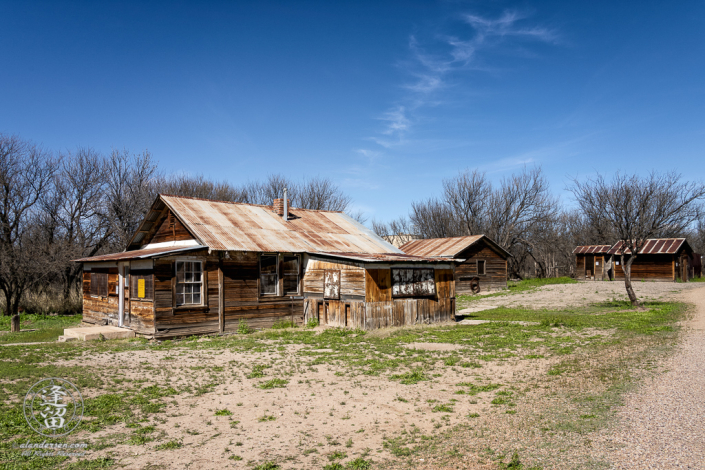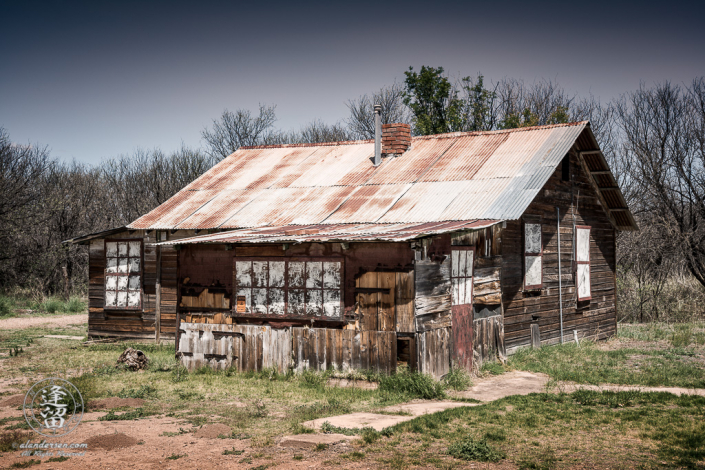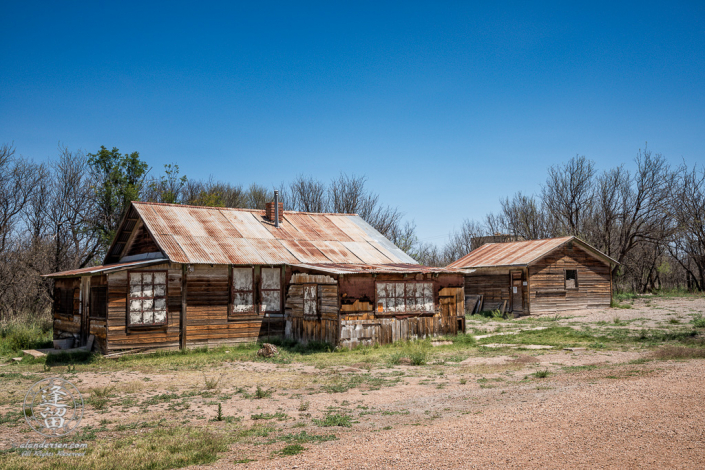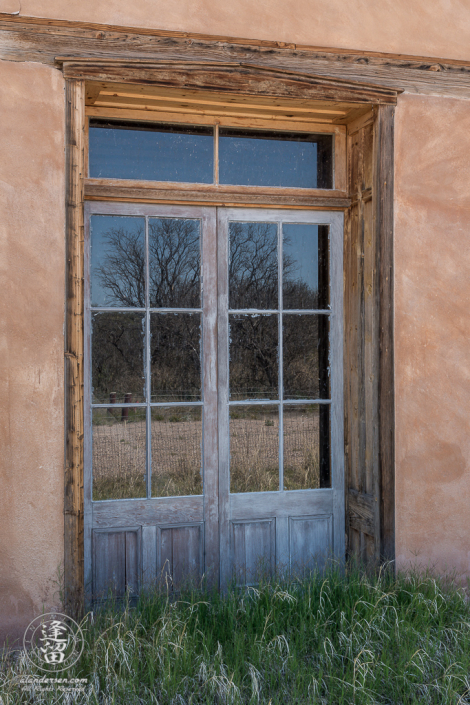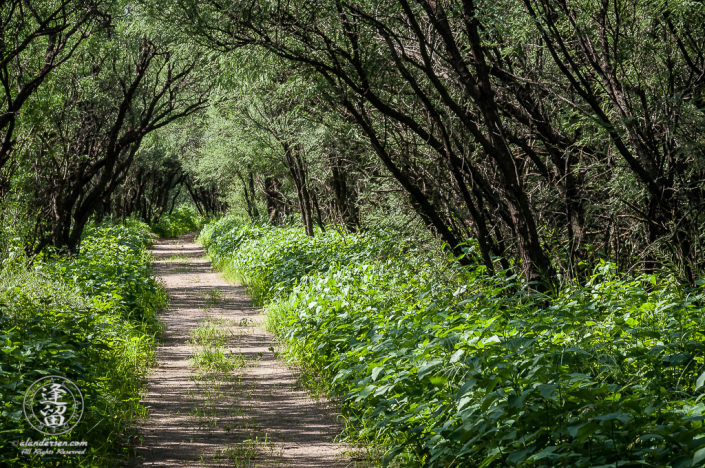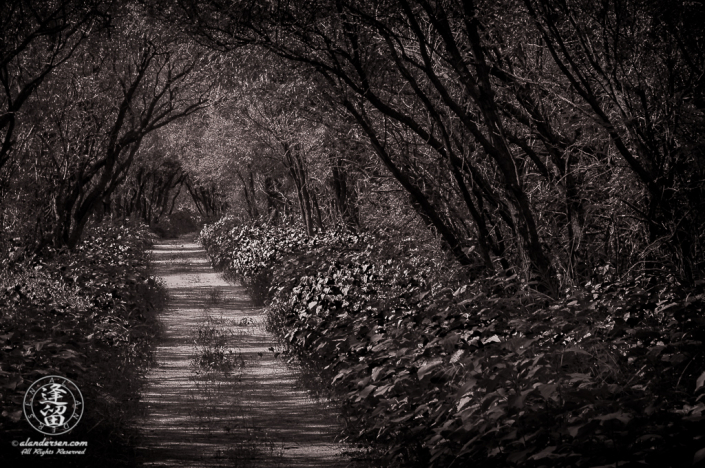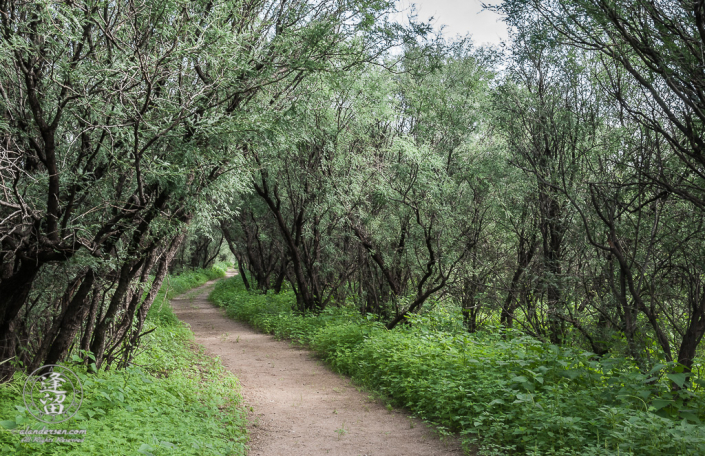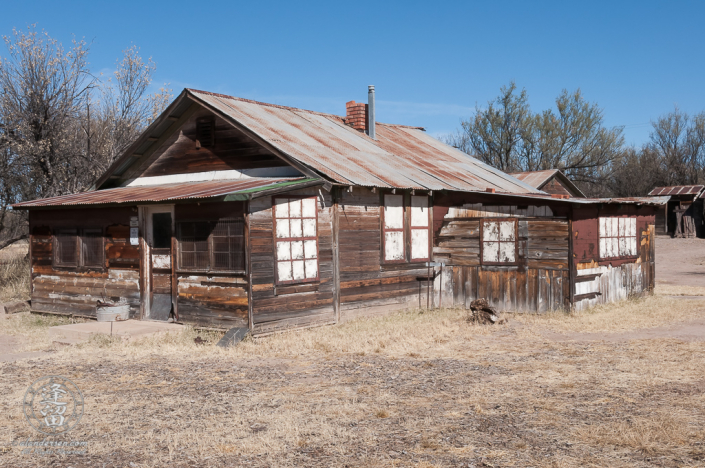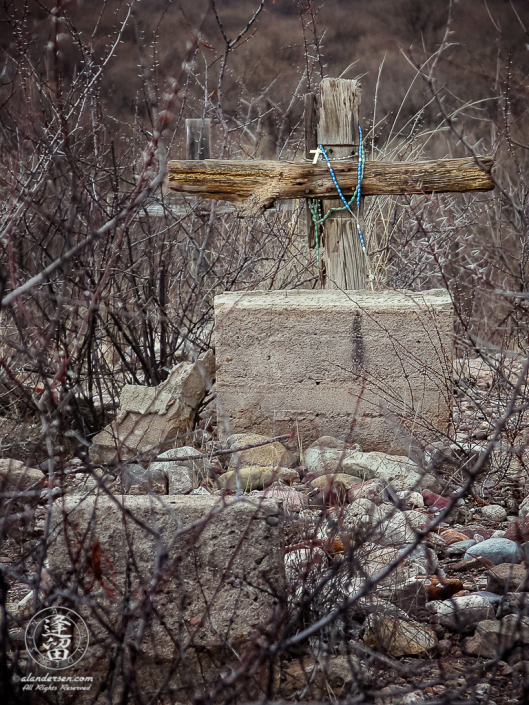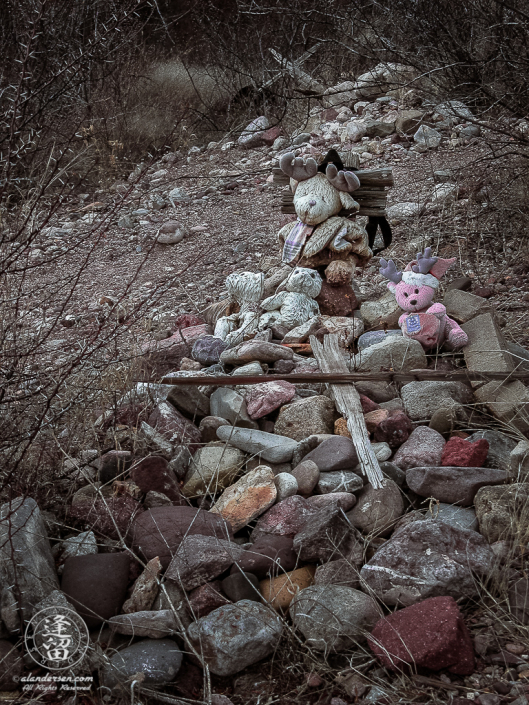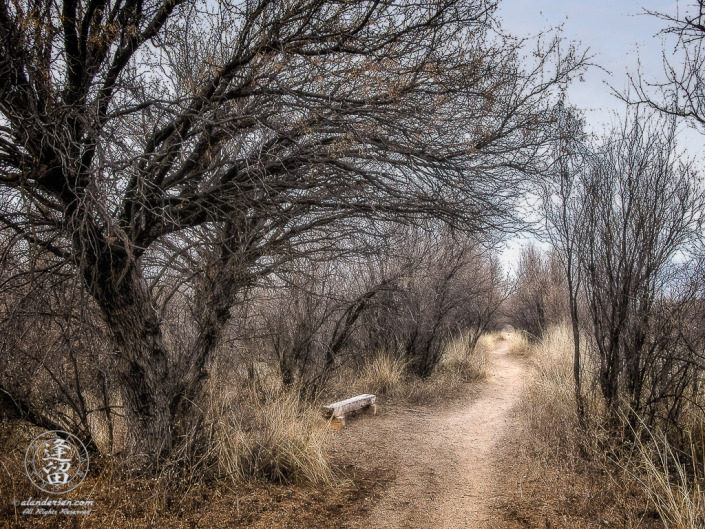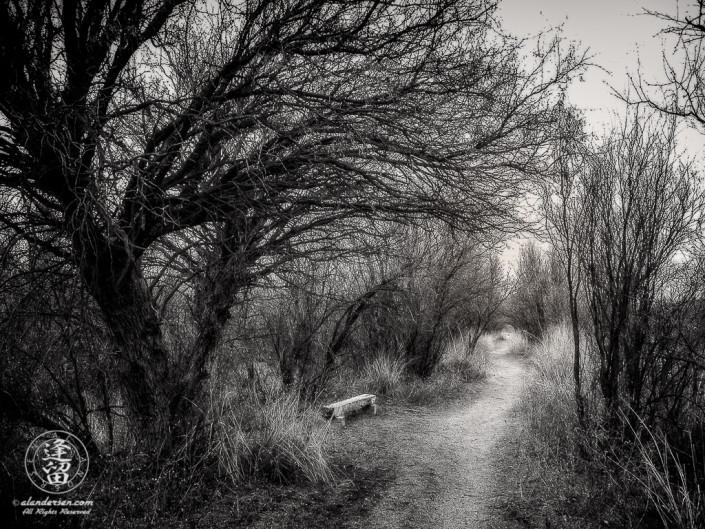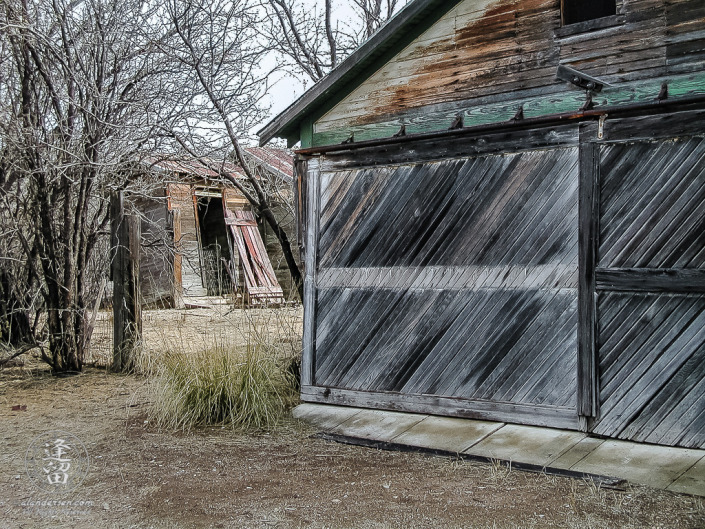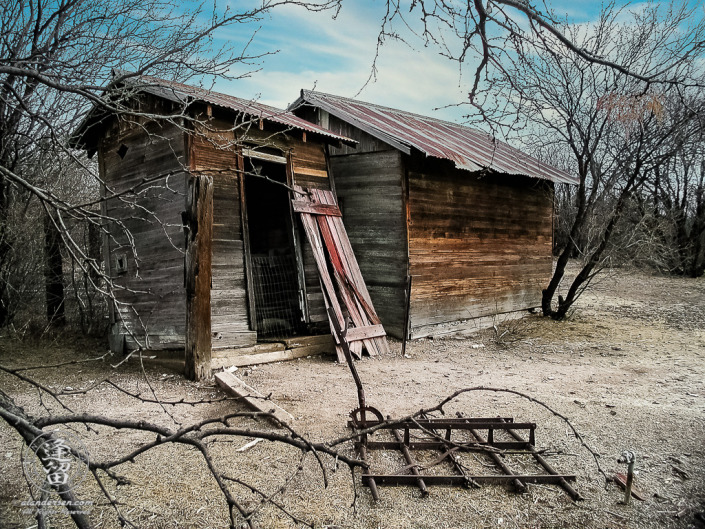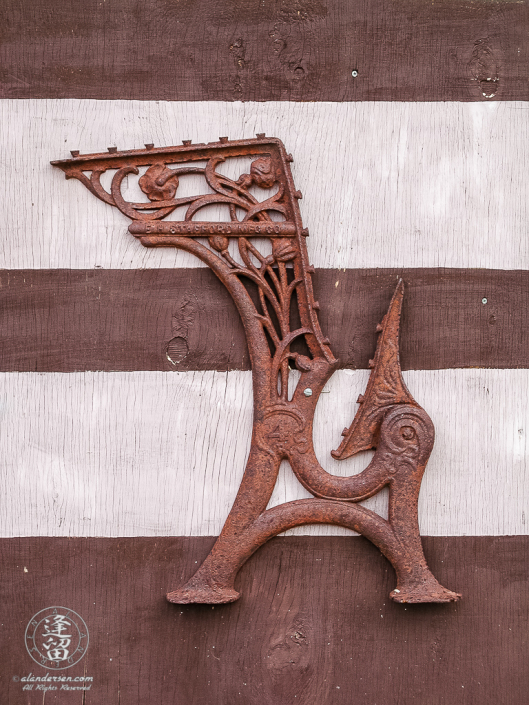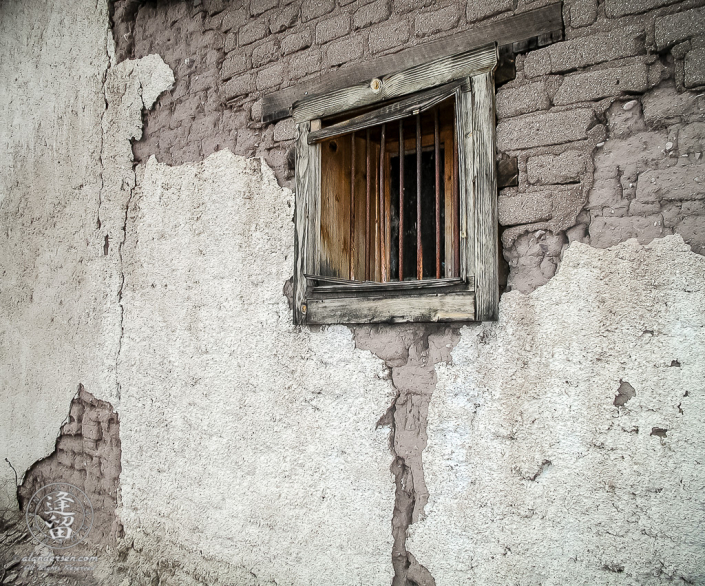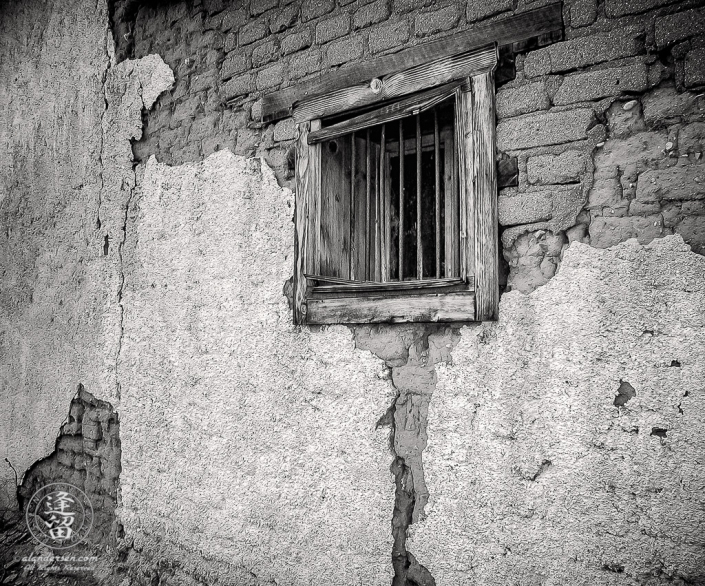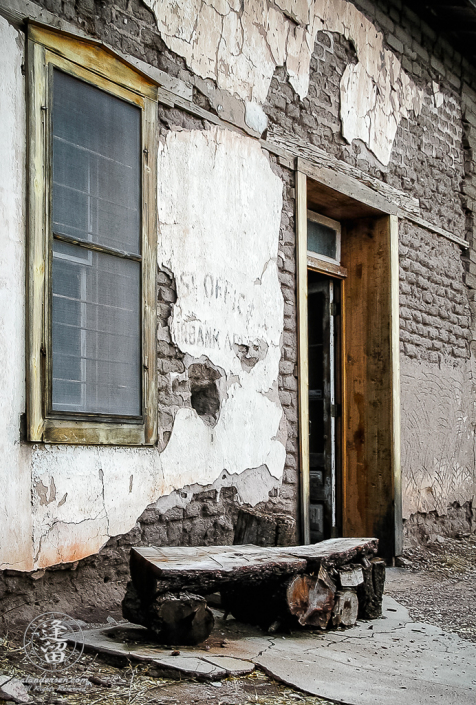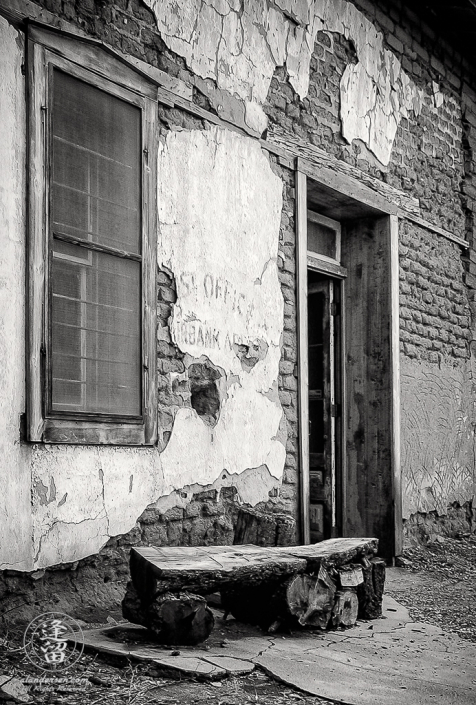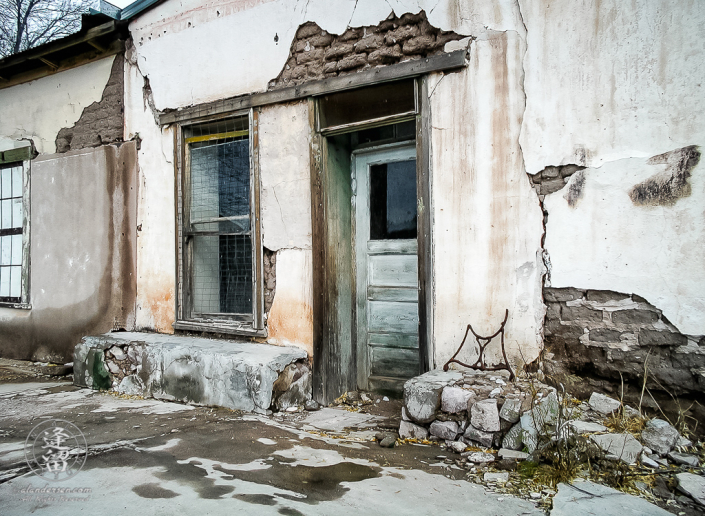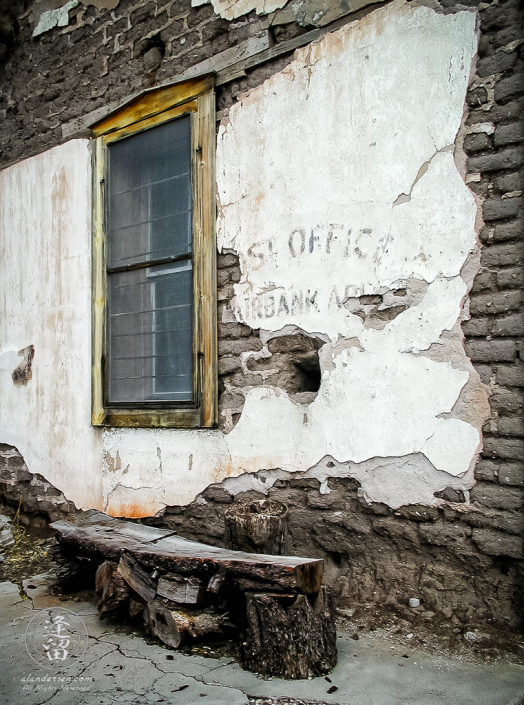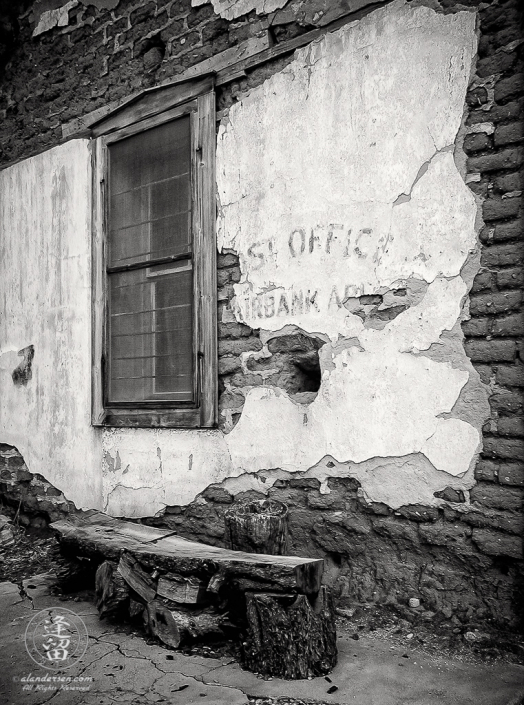Beginning as a Native American village called Santa Cruz, Fairbank became a popular commercial center when the railroad passed by it in 1881. Construction of a railway station in 1882 established the town as a hub for moving supplies into the city of Tombstone and the ore from Tombstone’s mines out for refinement at Contention City and the twin towns of Charleston and Millville. It was aptly named Junction City during this time.
During the next year the town took several names, starting with Kendall, then Fairbanks, and finally Fairbank after Nathaniel Kellog Fairbank, an influential investor who helped finance the railroad and founded the Grand Central Mining Company. This final name change coincided with the opening of the U.S. Post Office on May 16, 1883.
Fairbank began to fail when its major source of revenue, the Tombstone mines, flooded in 1886, The town was given a brief reprieve in 1889 when its railroad was linked to Bisbee so copper ore could be transported out from the Copper Queen Mine. The reprieve was short lived for in September of 1890 flooding of the San Pedro River caused extensive property damage throughout the town and businesses decided enough was enough and started leaving for better prospects elsewhere.
By the early 1970’s only a few residents remained. The post office was finally shuttered in 1972 and the remaining buildings were declared unsafe in 1973. The elderly Heney sisters, the proprietors of the last remaining business, the Mercantile store, decided it was time to leave and go live with relatives and the once thriving commercial hub finally became a ghost town.
With the establishment of the San Pedro Riparian National Conservation Area, efforts have been made to preserve Fairbank. The schoolhouse, built of gypsum block, is completely restored and accessible to the public. The various wooden structures have been stablized and are accessible, but not safe for public entry. Efforts to save the large adobe building that housed the saloon, post office, mercantile store, and jail, have not been successful. The Sun and torrential monsoon rains have damaged the adobe beyond repair. The collapse of a major supporting wall has resulted in the entire structure being fenced off as a danger to the public.

